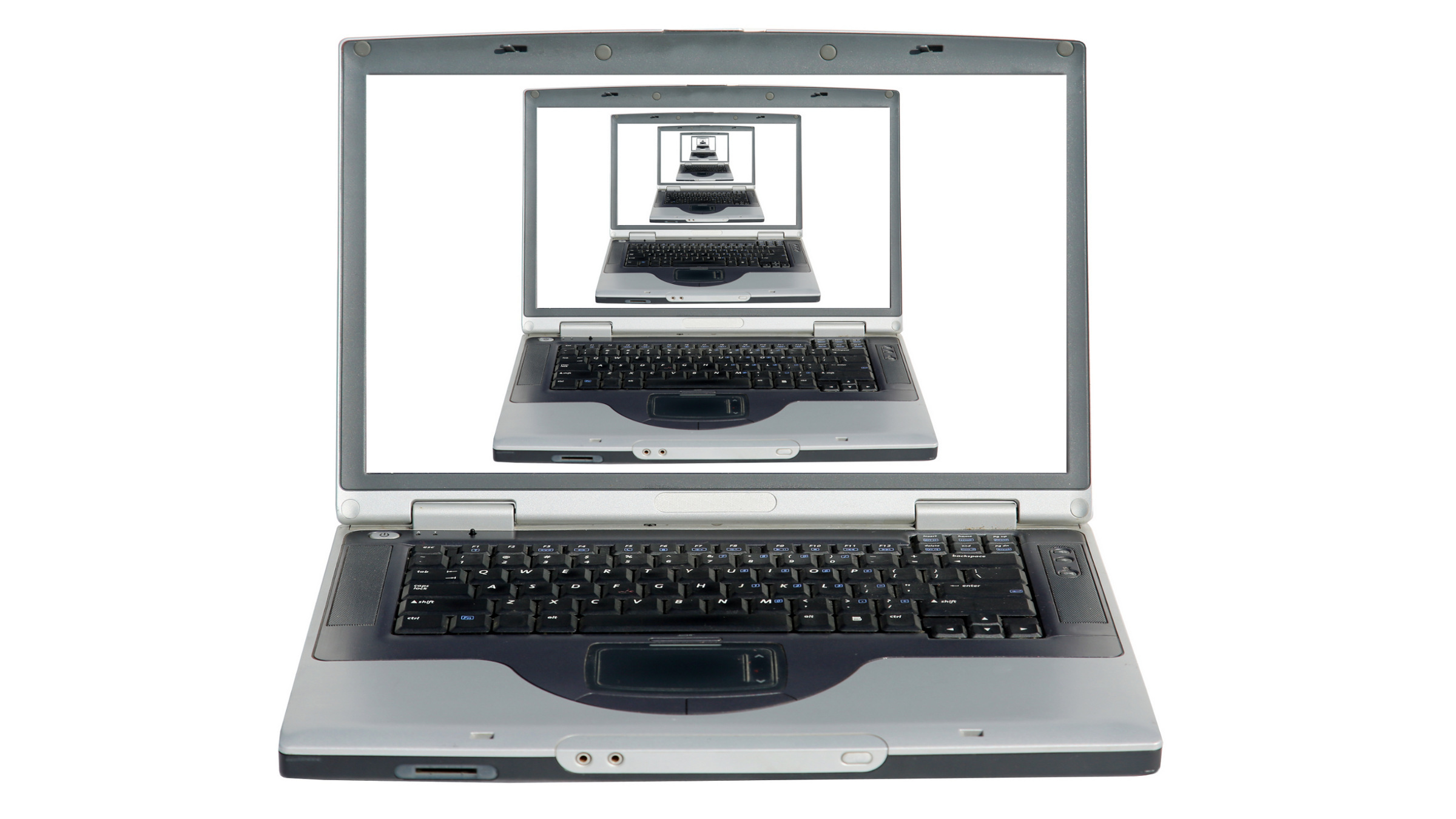
Self-driving cars are routinely touted as the next world-changing invention that will impact our lives. These vehicles will increase safety by always driving within the legal speed limit, and never driving distractedly or impaired. They will transport people and goods more efficiently than human drivers can, saving money and energy.
They also will free up massive amounts of time daily for their occupants, because instead of keeping their eyes on the road, people will be free to read, think, consume, work, and/or play. This is a major opportunity for tech companies like Facebook, Google, Apple, and Amazon, all of which rely on capturing consumer time and attention.
However, according to a paper by transportation researchers Michael Sivak and Brandon Schoettle, Would Self-Driving Cars Increase Occupant Productivity?, self-driving cars will not result in productivity gains for more than 60% of Americans.
This may come as a surprise. After all, according to the paper, the average person spends an hour per day traveling. Wouldn't a self-driving vehicle free up a significant amount of time for an occupant?
According to the researchers, the answer is often "no."
Sivak and Schoettle have identified a few reasons why this is the case. Some people, the data shows, would not step into a self-driving car in the first place. Others would not be familiar enough with the technology to trust it, resulting in them spending the trip watching how the car drives, rather than accomplishing some task unrelated to transportation.
A third reason is that some people would experience "some level of motion sickness" that would prevent them from accomplishing anything on any given trip.
This last issue is one that proponents of self-driving vehicles are trying to address, but they are coming up short.
A problem "inherent" to self-driving cars
According to Sivak and Schoettle's paper, the potential for motion sickness is "inherent" to self-driving vehicles. The researchers looked at "Level 4" autonomous vehicles, or cars that could fully drive themselves, in the U.S., Australia, China, India, Japan, and the U.K., and found anywhere from 25% to 40% of passengers were expected to participate in activities that might result in motion sickness. Of those passengers, 4% to 17% were expected to experience "moderate or severe motion sickness at some time," while 4% to 14% were expected to "often, usually, or always experience some level of motion sickness" while traveling in such vehicles.
In the U.S., 6% to 10% of American adults would experience motion sickness "often, usually, or always" and 6% to 12% would experience "moderate to severe" motion sickness at some point, the researchers report.
The numbers are sobering. Productivity is a major touted benefit of self-driving vehicles, yet a significant number of passengers will get sick trying to do anything while traveling in one of these vehicles.
It's a problem with a few potential solutions.
Imperfect solutions
In another paper on the subject, "Motion Sickness in Self-Driving Vehicles," Sivak and Schoettle outlined three possible ways to address the issue of nausea in self-driving vehicle passengers.
First and foremost is the design of the vehicle itself. Large, transparent windows could help reduce motion sickness, according to the researchers. Video displays that encourage users to look straight ahead may also reduce the effect of motion sickness. Seats that do not swivel but recline are also options, as they minimize the amount of movement and allow passengers to lay flat while the car drives.
Other options offered are less than ideal.
One is simply to take medication, which sometimes does not work as well as desired. Also, it would be a burden to have to medicate before every self-driving car trip.
Another option presented by the researchers would be to sleep during the trip, which reduces the likelihood of motion sickness (and the possibility of productivity).
Some automakers, like General Motors and Nissan, say they are working on features to directly address motion sickness, but are not ready to discuss those features publicly.
A BMW spokesperson says the automaker has researched the problem, and found differing levels of severity when it comes to motion sickness. "Doing other things on fixed mounted screens in a car is less critical than reading books or papers or holding your own device in your hands," the spokesperson said. "When using the vehicle's screen, acceleration rates and acceleration change rates in all three dimensions have the biggest effect on motion sickness."
Because of that, the spokesperson said, the company believes it is "able to deliver a product which will not cause any more motion sickness" than you'd experience being driven around today.
Controlling the passenger's visual inputs rather than how the car itself moves may be another way to mitigate motion sickness. Uber in November 2017 filed a patent application for a "sensory stimulation system" for autonomous vehicles, that would provide passengers "visual indications" of maneuvers before the car takes them.
In the absence of a definitive remedy, Sivak and Schoettle in October 2017 filed a patent application for a system to counteract motion sickness in a self-driving vehicle. The system would have a "light array system configured to output visual stimuli presented in a field of view of the user," which would activate in "such a way as to mimic the visual input one would receive if one were to look outside the vehicle."
Based on those patent applications, the most likely solution to the motion sickness caused by self-driving cars appears to be to mimic how driving feels when a human is behind the wheel.
Logan Kugler is a freelance technology writer based in Tampa, FL. He has written for over 60 major publications.



Join the Discussion (0)
Become a Member or Sign In to Post a Comment